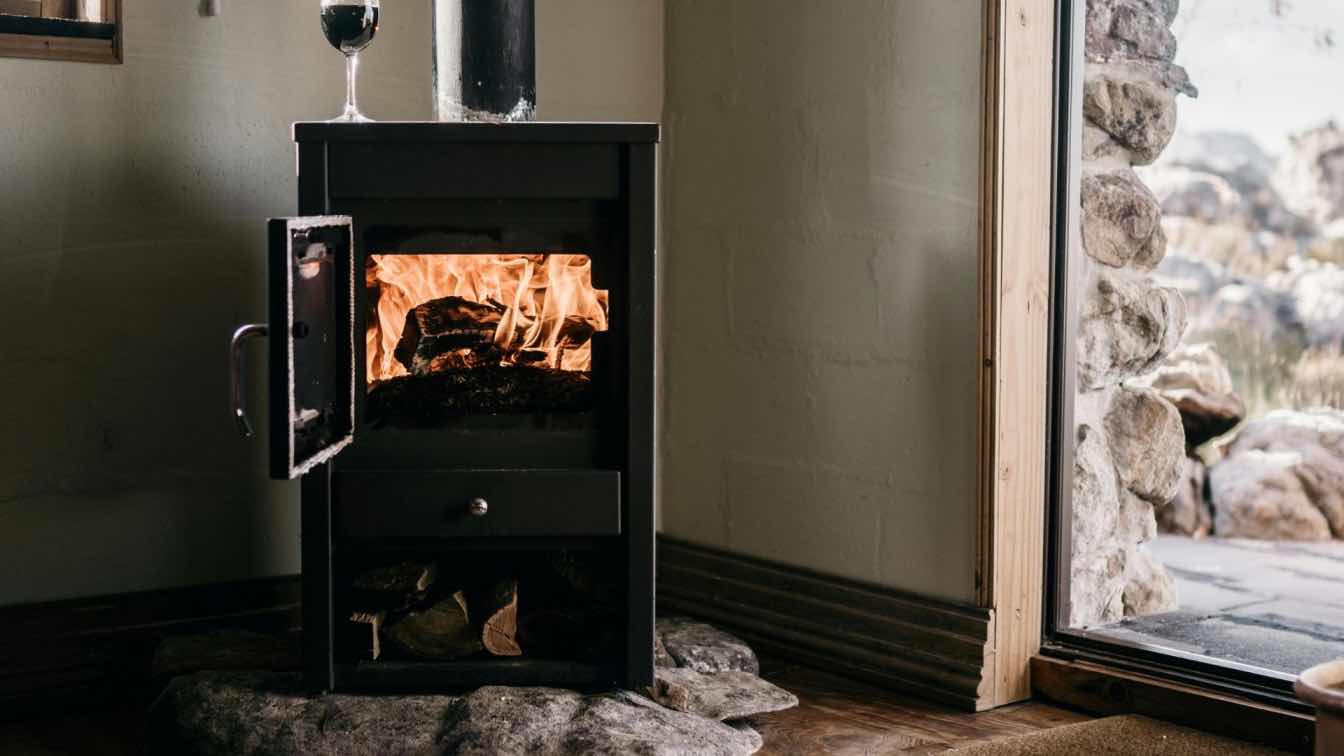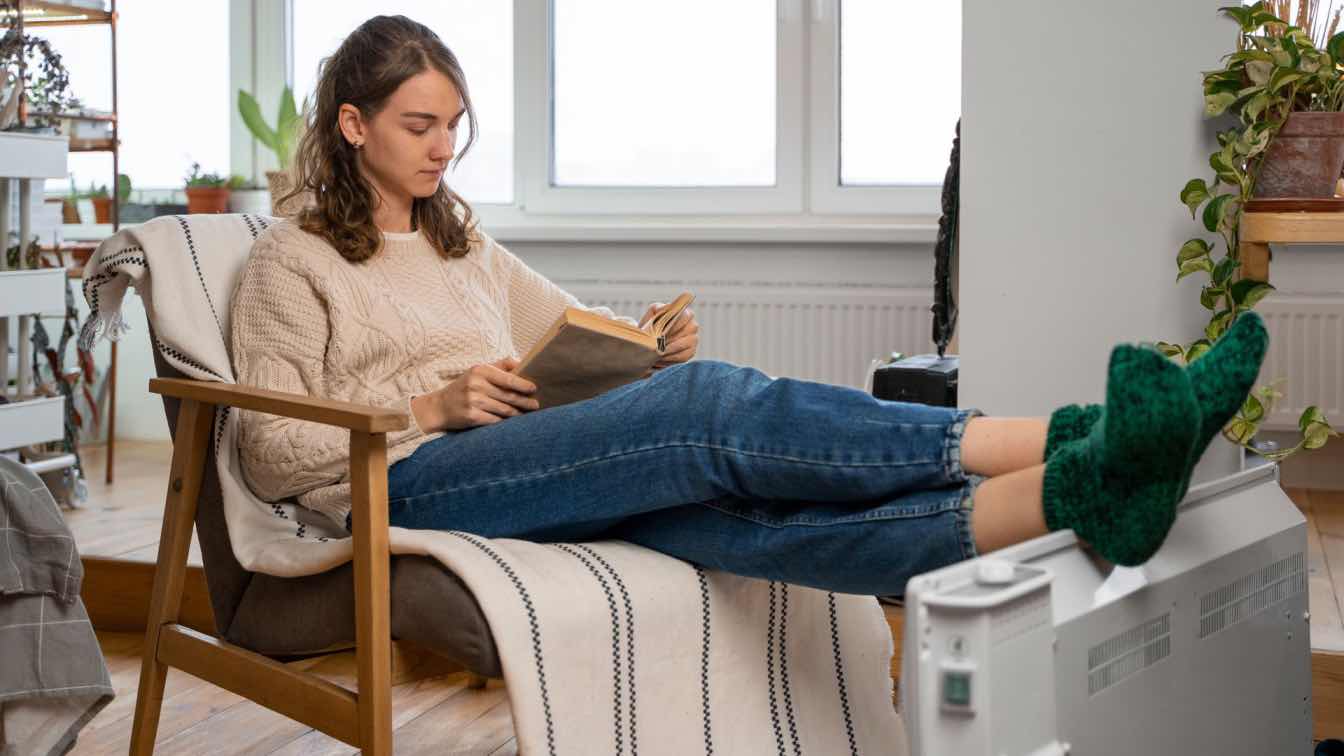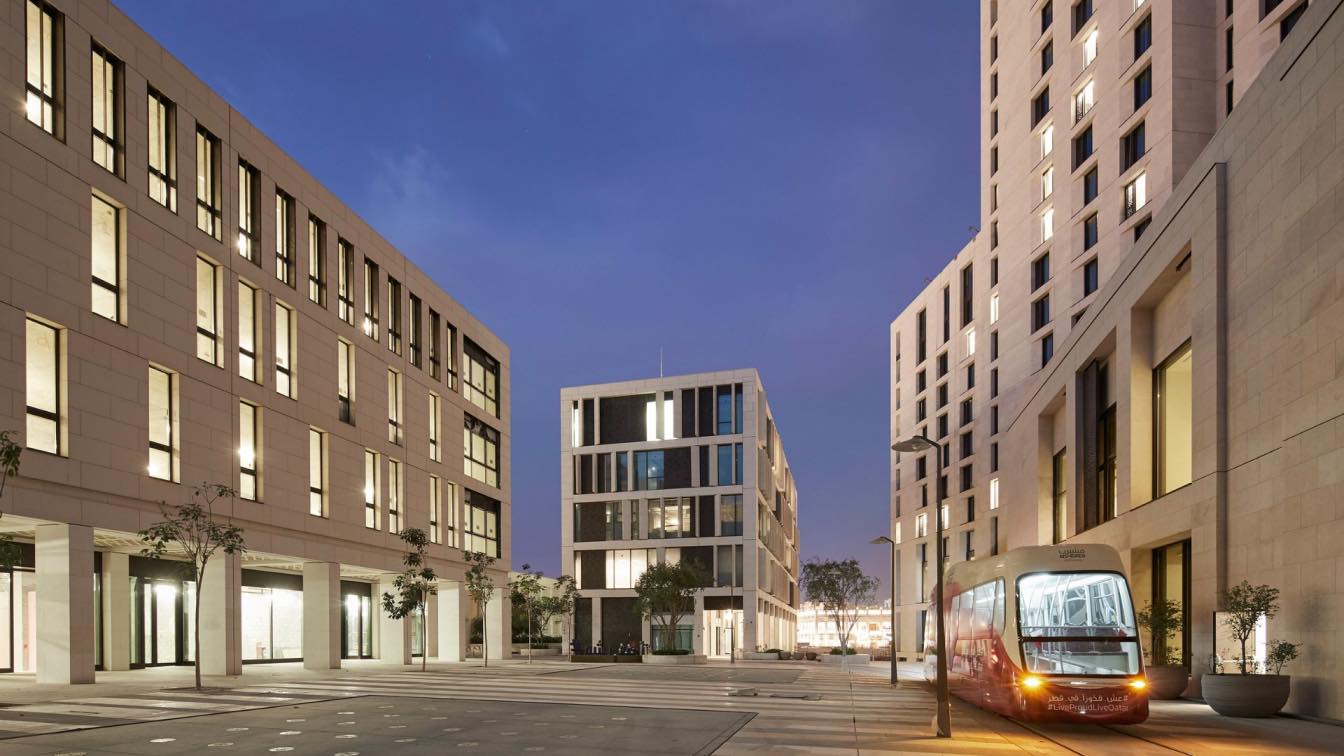Our comfort within the cozy confines of our homes is continuously challenged by the fluctuating seasons. Yet, the solution isn’t merely in ramping up the heat during winters or blasting the AC in summers. It’s in living smarter, harmonizing with nature’s rhythm rather than attempting to upstage it with energy-guzzling contraptions. Let’s challenge conventional wisdom about how we manage our homes over the changing seasons.
Reducing Wasteful Energy Consumption
Many of us are guilty of over-relying on our HVAC systems the moment temperatures cross our personal "comfort" thresholds. It's time to face the truth: excessive energy consumption not only drains your bank account but also contributes significantly to environmental concerns. It's high time we adopt energy-smart practices and create homes that adapt seamlessly to seasonal variations.
Insulation is the unsung hero of minimizing energy loss. Heat escapes through poorly insulated surfaces—let’s fix that. Fill those attic gaps, opt for thick curtains, and ensure your windows and doors are sealed properly. When done right, insulation keeps homes snug in winter and breezy in summer.
Consider switching to double-glazed windows to maintain even indoor temperatures. Sure, there’s an upfront cost, but in the long run, they pay for themselves in reduced energy bills.
Maintaining your HVAC system with regular checks ensures that it's operating at its peak without unnecessary waste. If you're unsure of where to start, seeking HVAC service near you can provide the needed support to keep your systems running effectively throughout the year.
Thermal curtains and blinds are another effective way to trap heat during colder months and maintain coolness in summer. They're not only functional but also an aesthetic addition to any space. Simple adjustments such as these offer a harmonious blend of comfort and practicality.
Sustainable Mindsets for Progressive Living
This isn’t just about cutting costs and reducing energy usage. It’s about adopting a sustainable mindset by being opinionated against misuse and ready to take bold, impactful steps.
Evaluate your usage habits and embrace changes one step at a time. Transitioning gradually minimizes shock and ensures long-term adherence to new practices.
Engage in community initiatives that drive collective action on sustainability. Whether it's group buy-ins for renewable energy or neighborhood green challenges, there's strength in numbers.
Embracing sustainability as a lifestyle choice involves awareness and continuous learning. By incorporating small changes, such as reducing water waste or choosing environmentally friendly products, everyone can participate in creating a responsible future. The rewards are not only financial savings but also an enhanced sense of purpose and community engagement.
Aligning with Natural Light
Artificial light dominates our homes, considering that it’s estimated to consume 5-10% of household electricity. A radical change comes when we realign ourselves with the natural patina of the sun and make the most of what daylight offers.
Reorganize furniture and activity hubs to maximize exposure to natural light. Rethink dark corners by introducing light-hued paints and mirrors to reflect and amplify available light.
Capitalizing on daylight means waking up to greet the sun and winding down soon after sunset. Following this natural pattern can significantly reduce electricity consumption while promoting healthier sleep cycles.
A daytime routine aligned with natural light encourages productivity and overall well-being. Even simple gestures, like opening the blinds during the day and drawing them at night, add comfort without adding to electric bills. Experimenting with creative window treatments can further enhance the ambiance and functionality of spaces.
For those who work from home, strategically setting up workspaces near windows can boost concentration and mood, reducing the reliance on artificial lights. Such thoughtful changes contribute to an enriched quality of life.
Ventilation: Forget the Fan
The air we breathe indoors is paramount, especially when we spend over 90% of our time inside. Instead of blindly trusting mechanical ventilation systems, alternative methods can be just as effective, if not more so.
Cross-ventilation is your ally. Crack open windows on opposite sides of your house to create a natural breeze, flushing out hot air and bringing in cooler outdoor air. This passive method of cooling is time-tested and cost-free.
Plants are more than just decorative items—in fact, they act as natural air purifiers. Fill your living spaces with greenery to refresh the air and improve the quality.
Introducing a schedule for airing out rooms can significantly impact indoor air quality. Simple adjustments, such as positioning doors to allow natural airflow, keep your living spaces fresh without consuming energy. By fully embracing nature's intrinsic patterns, ventilation becomes both a comforting and sustainable practice.
Conclusion: The New Norm
Living smarter isn't a future aspiration; it's a reality we need now. By making assertive decisions backed by simple but effective home practices, we're turning down the heat on environmental strain and personal expenditure. So don't just exist in your home; thrive by making it reflect a smarter, more sustainable lifestyle. This approach might just be the shift the world needs to echo into a broader change.





